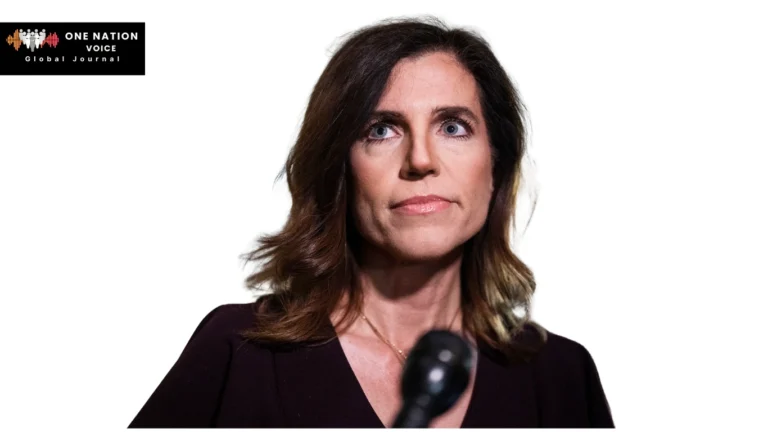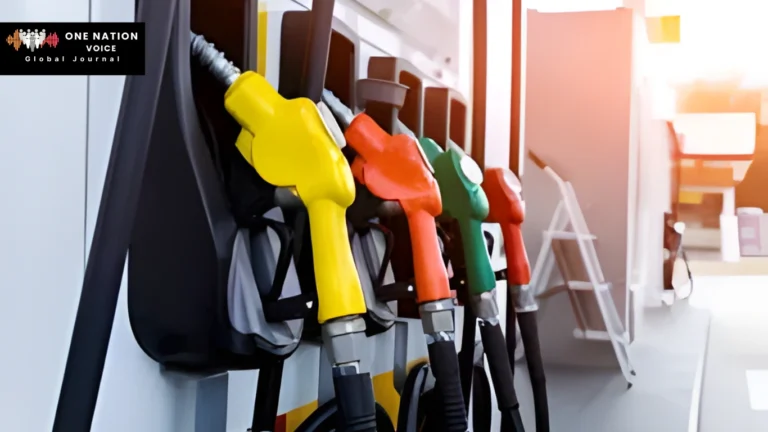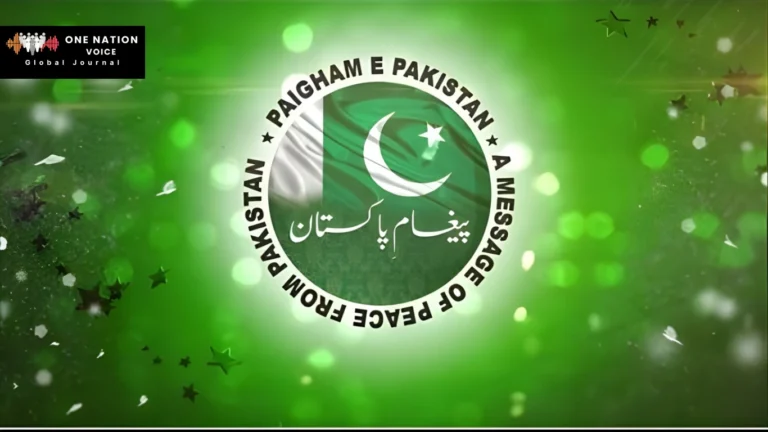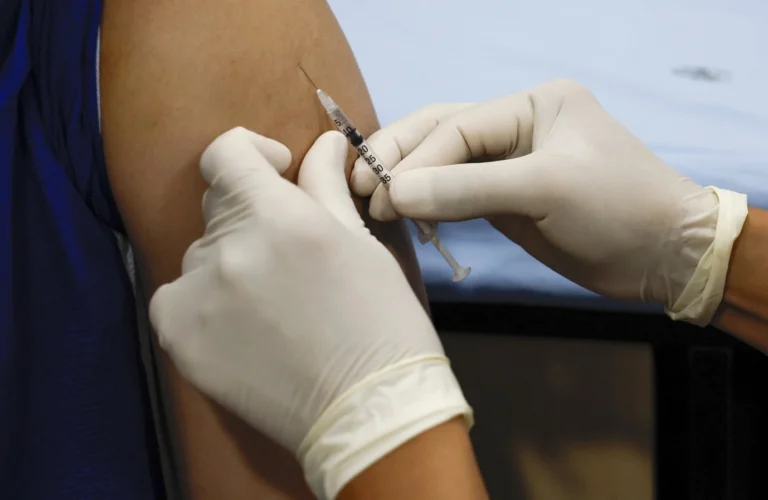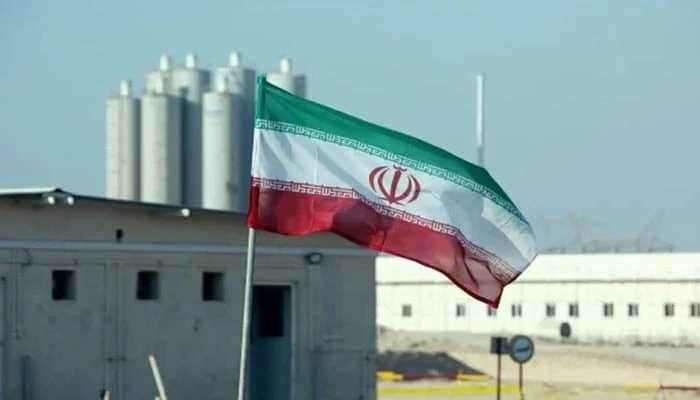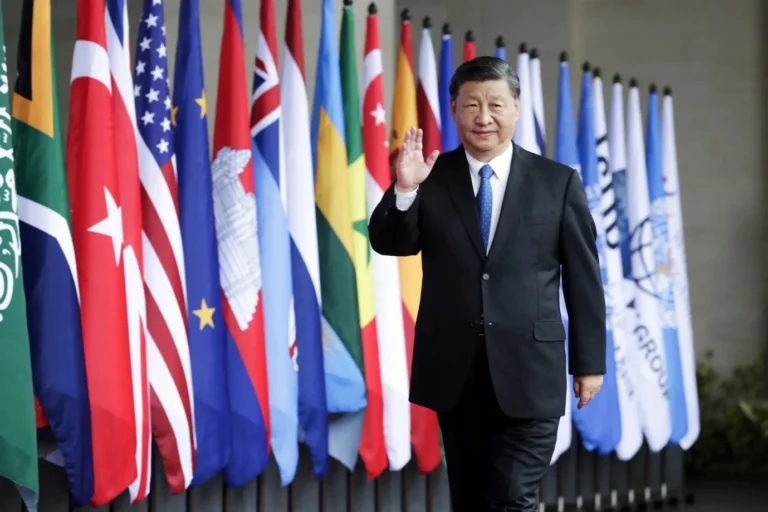Pakistan’s Religious Education Journey from Tradition to Modernity

Pakistan’s Religious Education Journey from Tradition to Modernity
Modern religious education in Pakistan is going through a remarkable shift. For centuries, Madaris have carried the responsibility of preserving Islamic scholarship, passing down not just the Quran and Hadith but also the intellectual traditions of the Muslim world. In many ways, they have been the backbone of religious and cultural identity here. But the world outside has changed so much that the old boundaries around Madrassa education do not make sense anymore. Pakistan has started to seriously reimagine what these institutions can be, not by erasing their tradition, but by weaving it together with the skills and knowledge students need today.
Integrating Modern Knowledge with Classical Islamic Scholarship
This whole project is not about making Madaris “less religious.” In fact, the idea is the opposite to show that faith and modern knowledge do not have to be rivals.
Think of it as giving madrassa students the ability to read the Quran in the morning and code a website in the afternoon. Or to study Fiqh one hour and learn about biology or civic rights the next.
The government’s reforms have been about making that possible through curriculum updates, teacher training, and even technology upgrades.
The curriculum change is probably the most visible part. For generations, the Dars-i-Nizami dominated religious schools, and while it is rich in theology and classical scholarship, it often left students with little exposure to science, math, or social sciences. Now you see a push to introduce these subjects, so Madrassa graduates do not feel cut off from the mainstream. It is basically giving them dual fluency, scripture and science. And that matters, because the Quran itself constantly encourages believers to reflect on creation, observe the world, and seek knowledge. When a student learns chemistry alongside Tafseer, it does not betray faith, it is living up to it.
Reforms for Curriculum, Transparency, and Technology
Along with curriculum, there is the push for transparency. Madaris used to operate mostly outside the state’s system, which meant no real standardization and, honestly, some suspicions about what went on inside. By bringing them under a national registration and examination framework, their degrees get recognized more widely, and the schools themselves gain legitimacy. It also helps avoid the old problem of each sect running its own parallel universe of education, which only deepened divides. The goal here is unity, not uniformity.
Technology is another big part of the story. You walk into some of these reformed Madaris now and find computer labs, internet access, even e-learning platforms. For kids who might not have had a shot at digital literacy otherwise, that is a huge step. And it does not stop with students. In fact, the teachers themselves are trained to handle modern subjects while still grounding students in religion. The idea is that when both students and teachers are better equipped, Madaris stop being seen as outdated and start being seen as assets for the country.
What is striking about all this is the potential it holds for the future. A generation is growing up that can navigate both the sacred and the modern world. Imagine a madrassa graduate who can deliver a Friday sermon about environmental stewardship and then work on a project for sustainable farming using the latest tech. Or a scholar who debates bioethics considering Islamic principles but also understands the science behind stem cells. That is the kind of relevance these reforms are aiming for.
Of course, none of these is simple. There are hurdles like some conservative groups resist the changes, resources are stretched thin, and rolling out reforms across thousands of seminaries is slow work.
But the direction is promising. What Pakistan is showing is that reform does not have to mean rebellion. It is not about tearing down tradition but refreshing it so it can thrive in a different era.
And maybe the biggest takeaway is that Madaris, once seen as isolated or even problematic, are slowly being turned into part of the solution. They are becoming spaces where unity is taught instead of division, where ignorance is replaced with inquiry. That shift does not just affect Pakistan, it sets an example for the wider Muslim world. If faith and future can work hand in hand here, they can be elsewhere too.
The views and opinions expressed in this article are exclusively those of the author and do not reflect the official stance, policies, or perspectives of the Platform.



